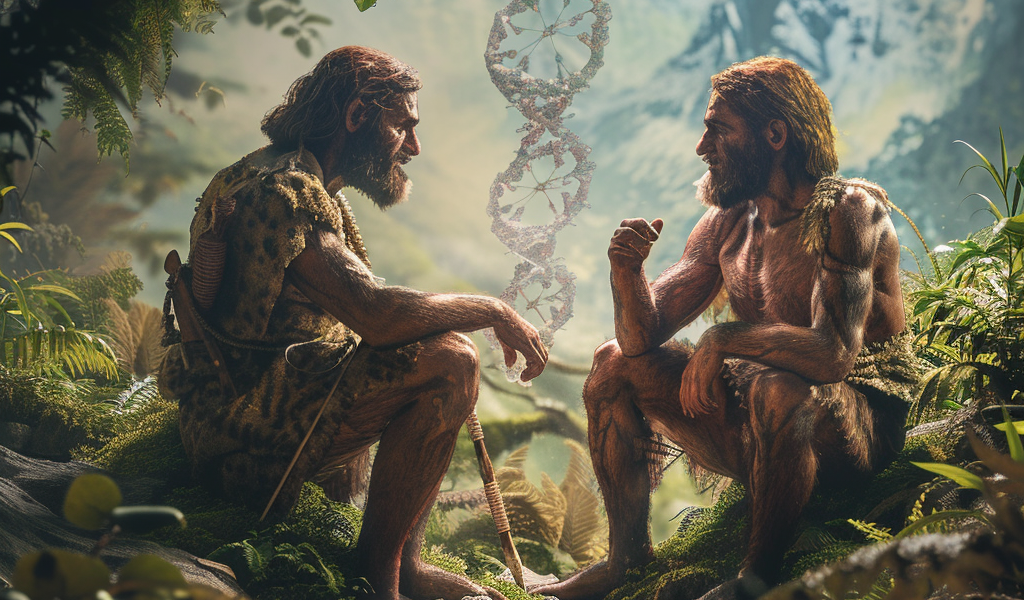Recent advancements in genetic research have provided new insights into the complex relationship between early humans and Neanderthals, particularly regarding the circumstances surrounding the Neanderthals’ extinction approximately 40,000 years ago. A groundbreaking study published in the journal Science on July 12, 2024, has revealed that modern humans and Neanderthals exchanged DNA multiple times over the last 250,000 years, challenging previous assumptions about human evolution and migration.
The initial revelation of interbreeding between early humans and Neanderthals in 2010 transformed our understanding of human ancestry, uncovering a genetic legacy that influences various aspects of modern life, including circadian rhythms and immune system responses. However, the mechanisms by which Neanderthals may have been influenced by these interactions remained largely elusive until now.
According to Joshua Akey, a professor at the Lewis-Sigler Institute at Princeton University and the senior author of the recent study, the prevailing narrative suggested that modern humans evolved in Africa around 250,000 years ago, remained isolated for 200,000 years, and then began migrating out of Africa roughly 50,000 years ago. Akey emphasizes that this new research provides genetic insights that were previously obscured, revealing a more intricate history of human dispersal and interaction.
The study indicates that early human history was not a straightforward progression but rather a complex tapestry of interactions between different hominin species. The research suggests that modern humans not only encountered Neanderthals but also interacted with other archaic human species, such as the Denisovans, more frequently than previously acknowledged.
To arrive at these conclusions, scientists utilized advanced DNA sequencing techniques to analyze genetic data from various populations. By comparing DNA sequences in existing databases, they were able to reconstruct the relationships between early human groups and Neanderthals. This method allowed researchers to estimate the timing of DNA exchanges, akin to ticks on a molecular clock, providing a clearer timeline of interactions.
The findings suggest that there were at least three significant waves of interaction between modern humans and Neanderthals. The first wave occurred approximately 200,000 to 250,000 years ago, shortly after the emergence of early Homo sapiens. Subsequent waves of interbreeding further complicated the genetic landscape, indicating that Neanderthals were not isolated from the evolutionary developments occurring in other human lineages.
This research marks a significant step forward in understanding the dynamics of human evolution and the role that interbreeding played in shaping the genetic makeup of contemporary populations. The implications of these findings extend beyond the study of Neanderthals, offering a glimpse into the broader interactions among various hominin species throughout history.
As scientists continue to unravel the complexities of our ancestral past, the revelations from this study could lead to a reevaluation of how we perceive the extinction of Neanderthals and the emergence of modern humans. The intricate web of genetic exchanges paints a picture of a world where different human species coexisted, interacted, and influenced one another in ways that have lasting impacts on our genetic heritage today.
This research not only enhances our understanding of human evolution but also raises intriguing questions about the nature of human identity and the shared ancestry that connects us all. As we delve deeper into the genetic history of our species, we are reminded of the rich and diverse tapestry of life that has shaped humanity over millennia.





